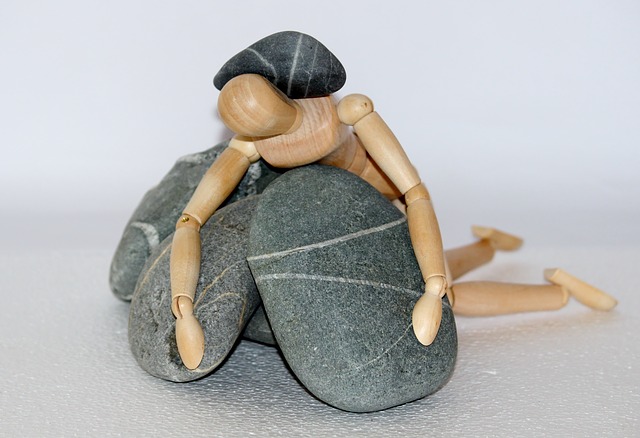Their dark berries are a treat for young and old, but the blackcurrant also heals with its leaves. Why not plant a blackcurrant bush in your garden or on you balcony? It will provide you with something to delight in and heal yourself with at the same time.
It grows in any climate and is also decorative. The blackcurrant bush is a real gift, for cooks as well as gardeners and…herbalists! One can make jellies, jams, tarts and sorbets from the blackcurrant. It is an inexhaustible decorative element: a few black pearls make any slightly dull dessert more appetising. In the garden, it develops into hedges of bushes. One can even plant them in window trays or pots on balconies or terraces. They don’t need much care (see towards the end of the article).
Against fatigue, rheumatism, and ulcers…
The most interesting is the impressive list of blackcurrant’s medicinal virtues. Firstly, it is diuretic, when consumed in infusions of the leaves. It is also sudorific, so it’s also a good drainer. It is perfectly adapted to heal rheumatic problems, because it helps the evacuation of toxic bodily wastes (urea, uric acid…) which clog up the articulations, increasing the inflammation and making movement painful.
In a decoction, its more concentrated effect is felt on the digestive level, notably hepatic. As the berries are full of vitamin C, they are very effective against fatigue and for preventing infections. Consumed as a fresh juice, they are marvellous in a period of convalescence.
The sap, used directly on wounds, has surprising healing virtues. Gargling with the juice allows one to profit from this effect for relieving mouth and throat problems (tonsillitis, angina, mouth ulcers, gingivitis…).
Finally, footbaths, taken at night before going to bed, have the same virtues as the infusion and decoction, and the pleasure of the moment as well!
Different ways to use the blackcurrant
- For an infusion, count 50g of leaves (or leaves and flowers) for one liter (1/3 of a cup) of cold water; bring this to a boil and then take it immediately off the heat. Let it infuse for 10 minutes before filtering out the leaves.
- For gargling, count a handful of dried leaves for a liter of water; bring it to a boil and leave it for 2 minutes before taking it off the stove, letting it steep for 10 minutes and filtering out the leaves.
- To prepare blackcurrant wine, count 500g (1.10 Lbs) of berries for one liter of good red wine. Let them soak in the wine for a week, then pass it carefully through a sieve and add a light brown sugar syrup, according to taste.
- To prepare a juice, carefully crush 200g (0.44 Lbs) and 5 fresh leaves, and then run it through a sieve. Avoid conserving it, it’s better to consume it fresh.
How to cultivate it
- The young plants should be planted in a hole that is deep but not too large, because these new sprouts develop, at first, under the ground. If you plant a few, leave a distance of four to six feet between the plants.
- The soil should be fresh and rich, but without too much stagnant humidity. Blackcurrants thrive perfectly in average soil, neither too drained nor too clayey.
- In May, you can give you blackcurrant some fertilizer of manure to compensate for the contribution which you will have already made in March.
- In December, after the harvest, you must trim the most important branches at about 8 inches from the ground, just after a bud. With these branches you can take cuttings. It is most efficient to take cuttings in clumps, combining three or four branches. These cuttings, once transplanted, will give out fruit after two years.
- The berry picking is done when the berries are fully ripe, from the month of July.
Attention: Blackcurrants are fragile in relation to viruses and such diseases. It is good to treat them regularly with an organic product. Avoid taking cuttings from the affected branches.
In concentrate and buds…
Even if one never finds the essential oil of blackcurrant, this medicinal plant can also be consumed as a concentrate, mainly in gemmotherapy, as fresh buds soaked in glycerine. It can be found under its Latin name, Ribes Nigrum. This form is useful against fatigue, rheumatic pains, and to regulate sleep.
En aucun cas les informations et conseils proposés sur le site Soignez-vous ! ne sont susceptibles de se substituer à une consultation ou un diagnostic formulé par un médecin ou un professionnel de santé, seuls en mesure d’évaluer adéquatement votre état de santé


